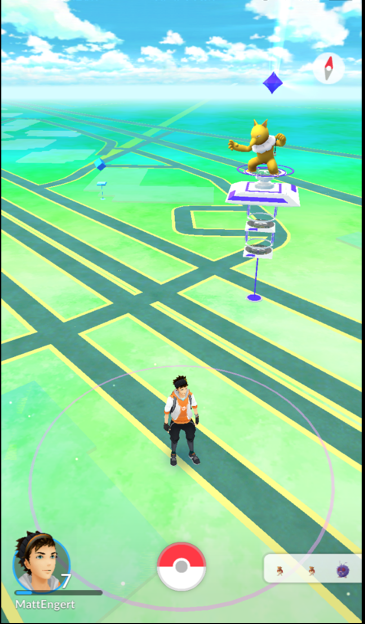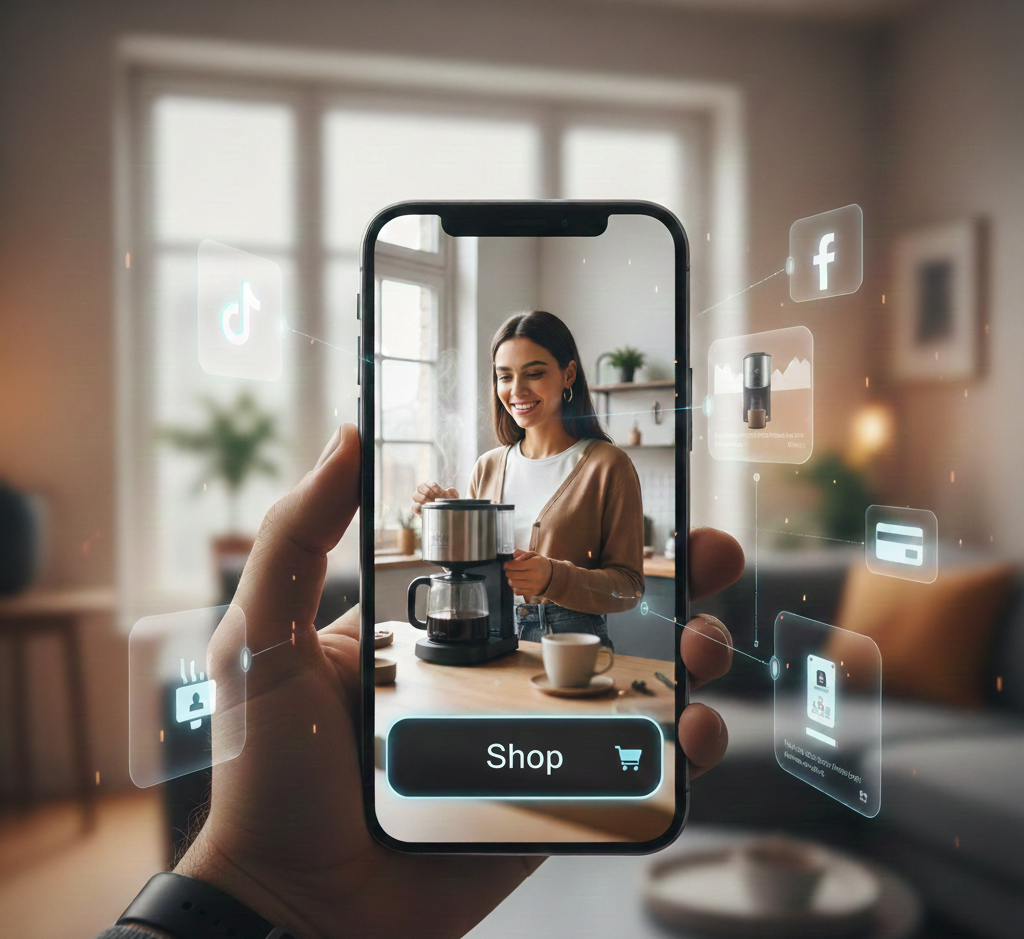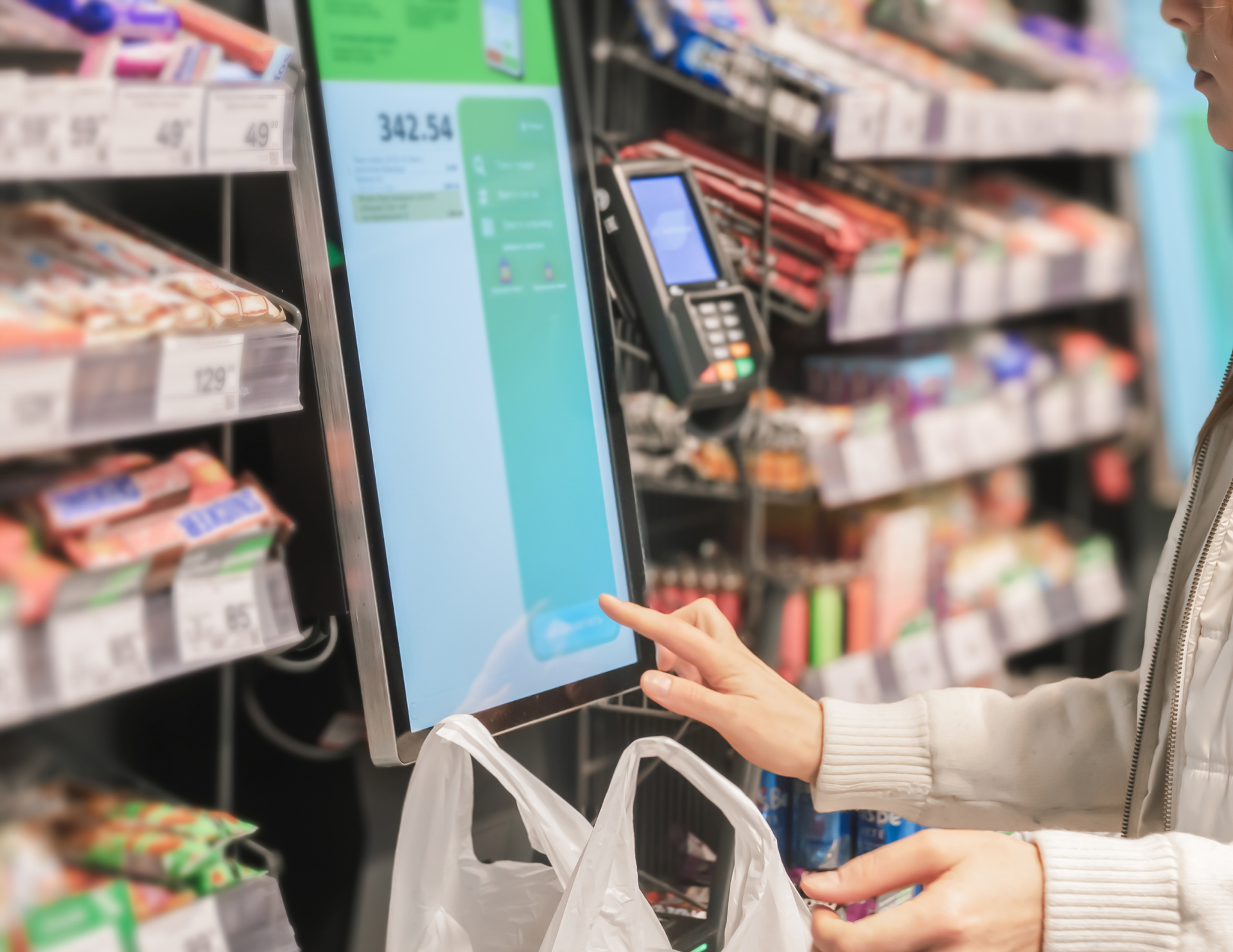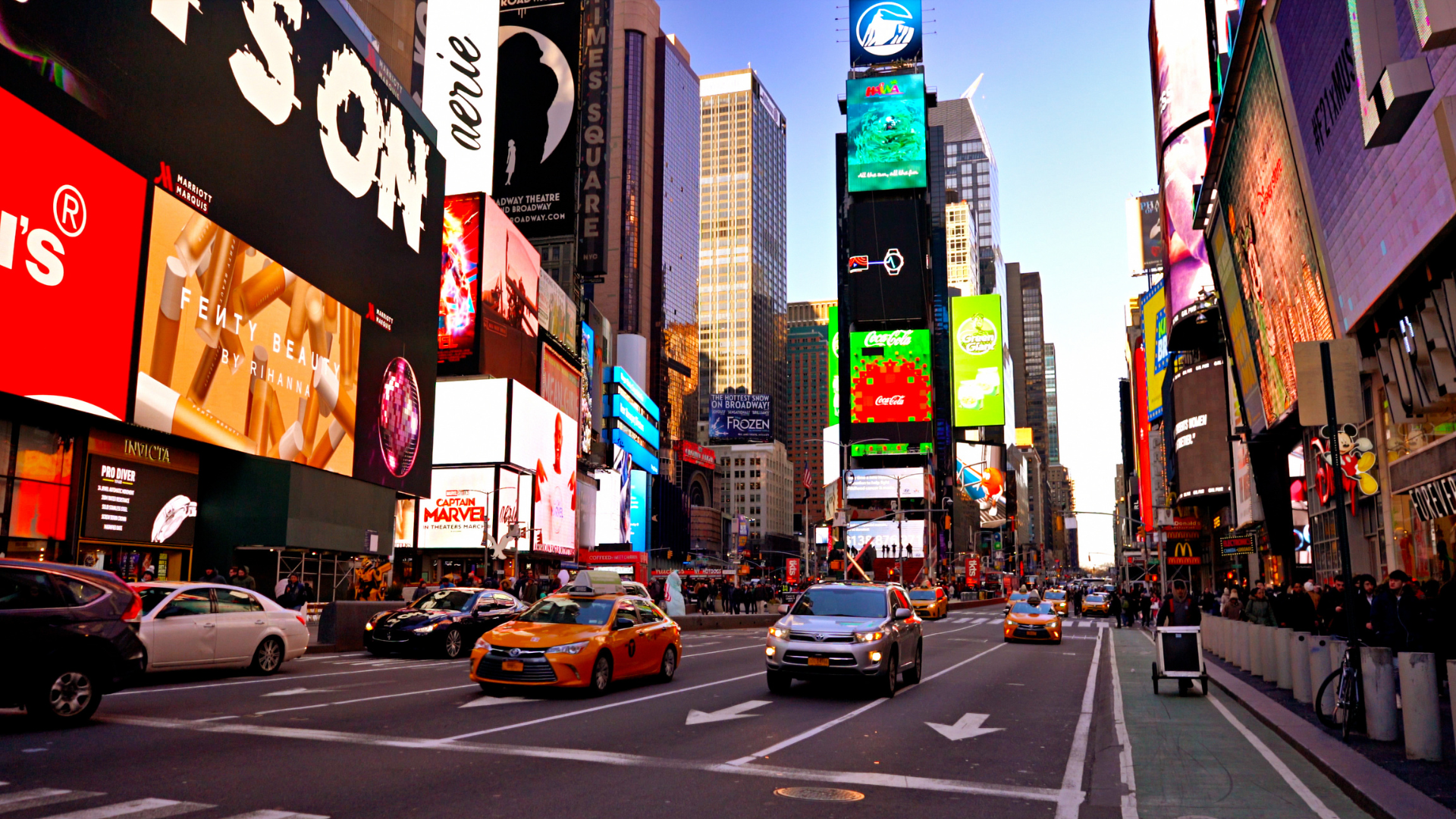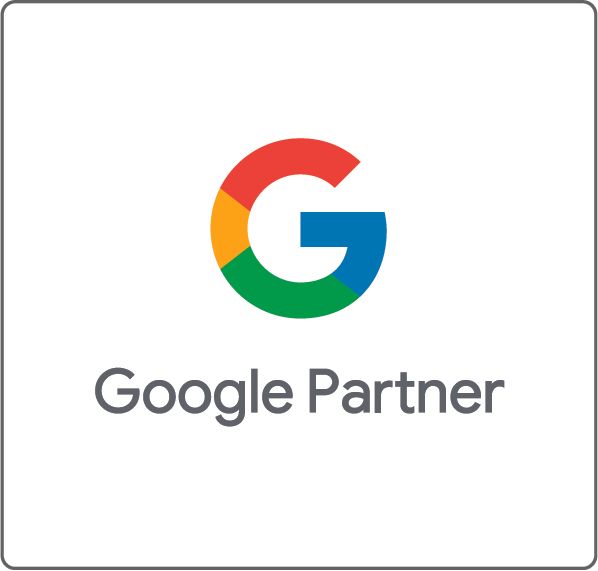Evolve your Business
Pokémon GO is taking the world by storm and I’m sure everyone is tired of seeing/hearing the word Pokémon in every article, radio broadcast, news report, and group chats. But please bear with me for just a bit longer. I will be looking at Pokémon GO from a business perspective. I’m not going to discuss the best Pokémon or the best tactic to catch that Zapdos you’ve been dying for. I’m more interested in the business aspects of this global phenomenon and how businesses all around the world can cash in on this frenzy.
The business world and everyday people are fascinated how this game is literally everywhere and you can’t escape it. What’s that old saying? “If you can’t beat them, join them.” That’s exactly what businesses need to do!
Discover Pokémon in the Real World with Pokémon GO! -- The Official Pokémon Channel
Now I’m not saying you need to understand Pokémon or the game itself. But, you do need to understand the Pokémon GO player and what motivates them to… essentially GO. This is where I need you, the reader, to bear with me. I’m going to explain a few aspects of the game so everyone can understand the business opportunities later on.
Pokémon GO is an Augmented Reality based game that uses your phones GPS and tracks your speed, footsteps, and direction you are facing. The onscreen Pokémon Trainer will move as you do, and for the app to work it needs to be open as you move. So, say goodbye to data and your battery life. In the game there are many Pokémon that you can track and find all over the world. This part of the game seems easiest to understand but for my article we aren’t going to need to go in depth with it. Along with Pokémon, the map consists of real buildings and streets from your GPS. Some of these buildings are what we call a “PokéStop.” These stops are often landmarks, churches, and some very lucky stores. Players will have to travel within a close proximity to these stops to acquire all sorts of items needed to catch Pokémon. These stops refresh every 5 minutes. Meaning, players can collect items at these stops every 5 minutes. This means the foot traffic in these spots will be constant and consistent as long as the game is popular. Which right now seems like forever.
Secondly there are “Pokémon Gyms” which also can be in random locations that were pre-selected by the Pokémon GO creators. Same thing applies to these gyms; the foot traffic is constant. Players will visit these gyms to either defeat it and claim it for their team (Mystic, Valor, or Instinct) or train at the gym because their team already “owns” it. Gyms are a source of XP and are constantly being taken over by the rival teams which only causes more and more people to visit to help their respective teams. The generally gist of what I’m saying is that Pokémon players will be everywhere and you can help guide them to your business.
Ok, are you still with me? Now to my main point… How can businesses cash in on Pokemon GO?
1. Some businesses can be one of the lucky ones to be chosen as a PokéStop or a gym. Foot Traffic will automatically increase in your area and expect some of these players to wander into your stores.
2. Now if you weren’t as lucky as others. Don’t worry, because businesses can locate the closest PokéStop (There’s one on almost every block or so) and use a “Lure Module” that you buy in game. Yes, this requires you to or an employee to have an account. Odds are someone already does. The module attracts Pokémon to that PokéStop and other players can see them. It benefits anyone in the area. Players will flock to this location and you will see increased foot traffic/more potential customers.
i. Many companies already want the ability to “be” a PokéStop just for the increased traffic in those areas. However, there is no word on whether or not that will become a reality. Nintendo has to evaluate the decision. They can easily get money for it, but may not want to risk the loss of some of its players do to them chasing more money. The game already averages $1.6 million a day in the US alone.
3. Businesses can sponsor Pokémon Walks. This is something many players are already doing. Many meet up at a set location and together walk around and find Pokémon. This is not only safer but more fun catching Pokémon with friends. The game is also designed to increase Pokémon sightings when more trainers are in the same area. Why not let them start at your café or restaurant? Can’t hunt Pokémon on an empty stomach.
4. Companies can use Pokémon GO to promote their products. I will share some examples to better explain what I mean.
i. Companies can set up “starter kits” with Portable chargers, water, sunscreen, hats and other items that will be of use to people traveling outside all day.
ii. Cell phone providers can use the game to get people to upgrade to better phones. People who want to have longer battery life, larger screen, and even those who haven’t joined us in the 21st century can get smart phones just to play. (T-Mobile now allowing Pokémon GO players unlimited data for the app)
These are just a few ways businesses can use Pokémon GO to gain business and drive sales. Get creative and have fun with it.
There is a lot of speculation where gaming is headed. If it continues in this direction, companies may be forced to evolve and do this more often.
Never miss an update from “The Shoppe,” sign up for our email list today!
Subscribe
Sign up with your email address to receive news and updates.
Subscribe
We respect your privacy.

